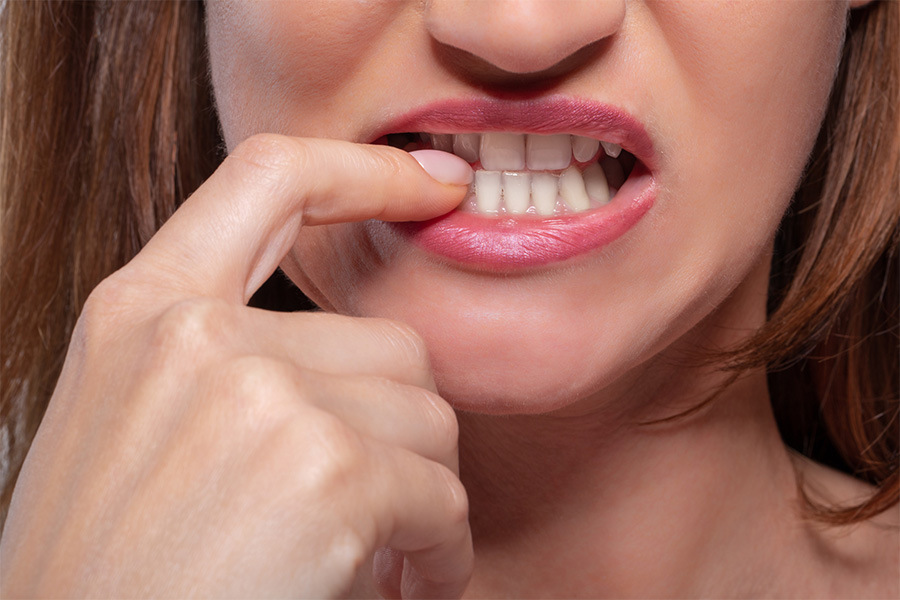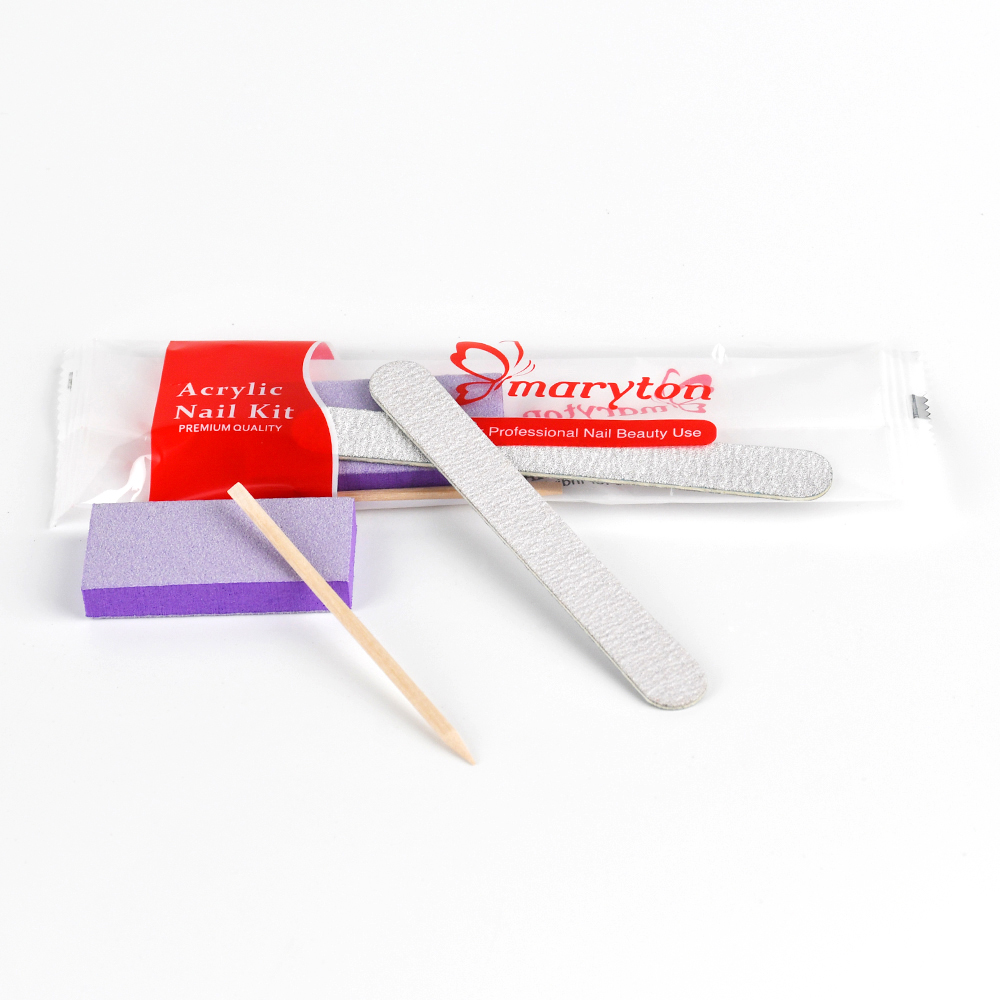That familiar urge strikes – maybe during a tense movie scene, a boring meeting, or while staring at a difficult problem. Before you know it, your fingers are at your mouth, and you’re nibbling away at your nails. Nail biting (or onychophagia, if we want the fancy term) is incredibly common, affecting nearly 20-30% of the population. But while it might feel like a harmless nervous habit, the reality is it comes with downsides, and understanding why we do it is the first step to stopping.
Why Do We Bite? Unpicking the Triggers
Understanding the “why” is crucial for changing the habit. Nail biting is rarely just about nails; it’s usually a coping mechanism:
1. Stress and Anxiety Overload: This is the big one. Nail biting is a physical outlet for nervous energy, tension, or overwhelming feelings. It provides a momentary sense of relief or distraction from stress.
2. Boredom Buster: When your mind isn’t engaged – sitting in traffic, waiting in line, watching TV – your hands might automatically drift to your mouth for something to do.
3. Perfectionism’s Price Tag: Ironically, some people bite in response to minor imperfections on their nails – a tiny snag or rough edge – triggering an urge to “fix” it by biting, which only makes things worse.
4. Deep-Rooted Habits: Often starting in childhood or adolescence, nail biting can become a deeply ingrained, automatic behavior, done almost without conscious thought. It might simply feel “comforting” or familiar.
5. Emotional Imitation: Sometimes, it’s learned behavior from observing family members or peers who bite their nails.
Breaking the Bite: Practical Steps to Freedom
Quitting nail biting takes awareness and effort, but it’s absolutely achievable. Here’s how to start:
1. Shine a Light: The first step is pure awareness. Pay close attention to when and why you bite. Is it stress? Boredom? Specific situations? Keep a mental note or jot it down. Recognizing your triggers is half the battle.
2. Make it Taste Awful: Apply a bitter-tasting nail polish. That horrible taste is a powerful, immediate reminder to stop your fingers mid-journey to your mouth.
3. Keep Them Covered: Wear gloves when possible (especially during high-trigger times like watching TV). Use band-aids or medical tape on particularly problematic fingertips as a physical barrier.
4. Find a Fidget Fix: Replace the biting urge with a harmless physical action. Squeeze a stress ball, play with putty, fiddle with a spinner ring, or doodle. Keep these alternatives handy.
5. Nail TLC: Invest in manicure supplies. Keep your nails neatly trimmed and filed – shorter nails offer less to bite, and smooth edges reduce the “imperfection” trigger. Regularly moisturize your hands and cuticles to keep them healthy and less tempting to pick at.
6. Manage the Root Cause: If stress or anxiety is a major driver, tackle that. Practice relaxation techniques like deep breathing, meditation, yoga, or regular exercise. Don’t hesitate to talk to a therapist if anxiety feels overwhelming – they can provide powerful coping tools.
7. Be Patient and Kind: Breaking a long-standing habit takes time. You will have slip-ups. Don’t berate yourself. Acknowledge it, figure out what triggered it, and gently recommit to your strategy. Celebrate small victories – a day without biting, a week, a visible improvement in one nail.
8. Seek Support (If Needed): For severe cases causing significant pain, infection, or distress, talk to your doctor or a therapist. They can offer additional support, rule out underlying conditions, or suggest behavioral therapy techniques.
The Hidden Harms: More Than Just Ragged Nails
We often think of nail biting as just a cosmetic issue. True, chewed nails can look unsightly, making people feel self-conscious about shaking hands or showing their fingers. But the problems go much deeper:
1. Germ Central Station: Your hands touch everything – doorknobs, keyboards, money, your phone. Putting your fingers in your mouth is like giving all those germs a direct ticket inside your body. This significantly increases your risk of catching colds, the flu, stomach bugs, and other infections.
2. Pain and Damage: Biting doesn’t stop neatly at the nail. Often, people bite the sensitive skin around the nail (the cuticles) too. This leads to painful sores, redness, swelling, and even bleeding. Over time, constant biting can damage the nail bed itself, leading to permanently misshapen or stunted nails.
3. Dental Drama: Your teeth aren’t designed for chewing on hard keratin (what nails are made of). Constant nail biting can chip or crack your teeth, damage your tooth enamel, and even cause jaw pain or misalignment from the uneven pressure.
4. The Emotional Toll: Beyond the physical, the shame and frustration of not being able to stop can take a mental toll. It can fuel feelings of anxiety or low self-esteem, especially if you feel judged for the habit.
The Final Word
Nail biting is a common habit fueled by stress, boredom, and deep-seated patterns. While it might seem insignificant, it carries real risks for your health, your nails, your teeth, and your self-esteem. By understanding your personal triggers and actively employing strategies like bitter polish, fidget alternatives, stress management, and good nail care, you can break free. It takes commitment and patience, but reclaiming healthy, confident hands is well worth the effort. Start noticing, start replacing, and give your nails – and yourself – a break.
Read also: How to Create a Salon-Quality Pedicure at Home: A Step-by-Step Guide

